#Drag History
Explore tagged Tumblr posts
Text
Oh but do go on about 'back when men were men'. By all means, tell on yourselves.
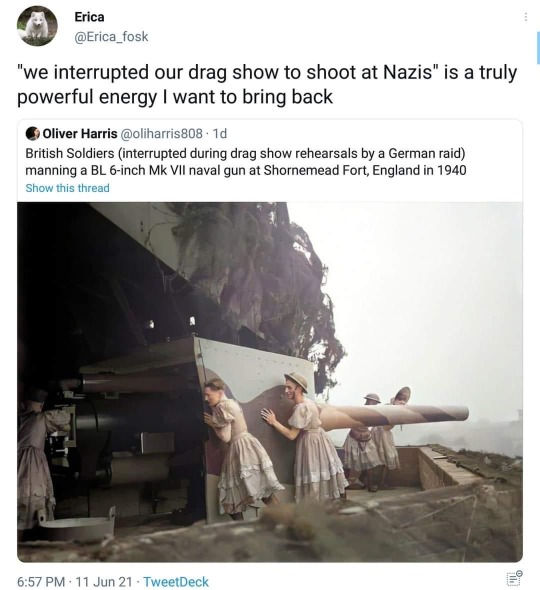
#history#wwii#history is gayer than you think#drag history#history of drag#historical drag#drag show#drag queen#trans rights#world war ii#queer history#lgbt history#we're all a little gay here
175K notes
·
View notes
Text



Japanese actress and male impersonator, Kawaji Ryuko. Ryuko was the star of Shochiku Kagekidan Women's Theater (Shochiku Revue) in the 1940s and 50s
#lgbtpeople#drag kings#drag king#butch#butch appreciation#butch positivity#male impersonator#1940s#1950s#trans masc#transmasc#trans pride#drag history
5K notes
·
View notes
Text

Such a wonderful Drag Queen !
#drag history#trans community#queer#drag#drag queen#lgbtqia#lgbtlove#trans pride#transgender#transgirl#transfem#transgenderwoman#trans#castro theatre#castro district#castro san francisco#castro street
866 notes
·
View notes
Photo

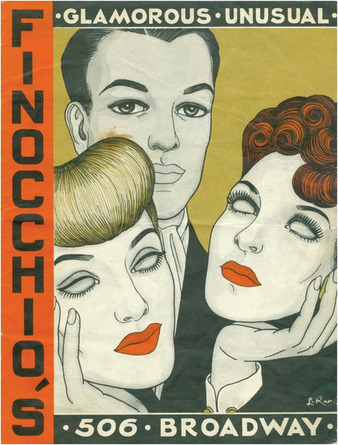

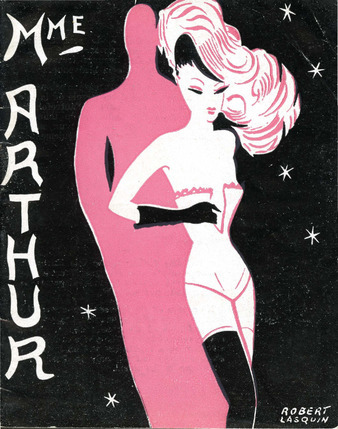





Drag Show Programs
Spanning the globe, these drag show programs have been collected from clubs and revues in major cities including Paris, New Orleans, San Francisco, and London. The oldest of these depict female impersonators and clubs from the 1940s. Though a few of the programs are from one-time events, many of them are part of a series of recurring drag shows at venues such as Club 82, Finocchio’s, Club My O My, Le Carrousel, Madame Arthur’s Nightclub, and the Wonder Club. This collection provides a closer look into the communities that formed within drag clubs, with many names appearing in multiple programs for various clubs.
3K notes
·
View notes
Text
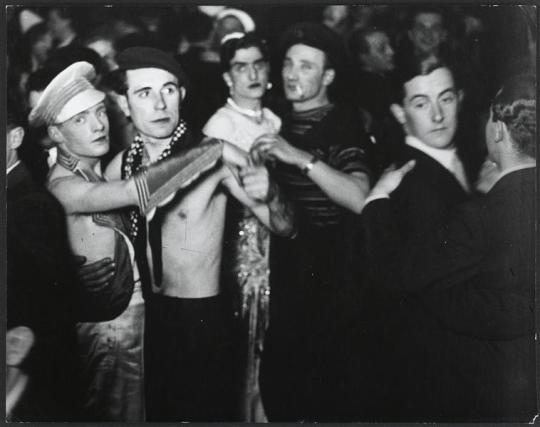
In the immense social upheaval following World War I, Berlin emerged as the global hub for gay life and gay art. In 1921, Berlin was home to 40 documented meeting places for gay people. By 1925, that number had jumped to 80.
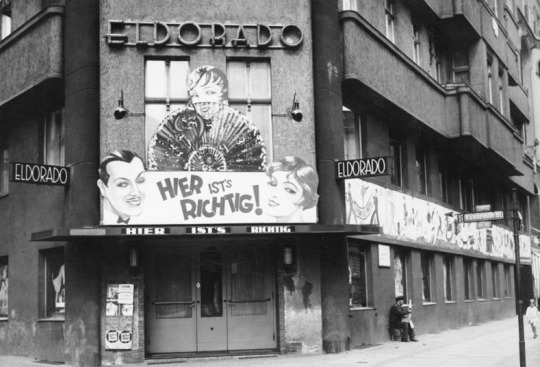
Cheif among these hotspots was the cabaret Eldorado, whose drag pageants and performances were immortalized by the likes of artists such as Otto Dix. In 2023, Netflix released a documentary about the club, Eldorado: Everything the Nazis Hate.
youtube

At the center of the movement for gay rights was Dr. Magnus Hirschfeld and his Institut für Sexualwissenschaft.
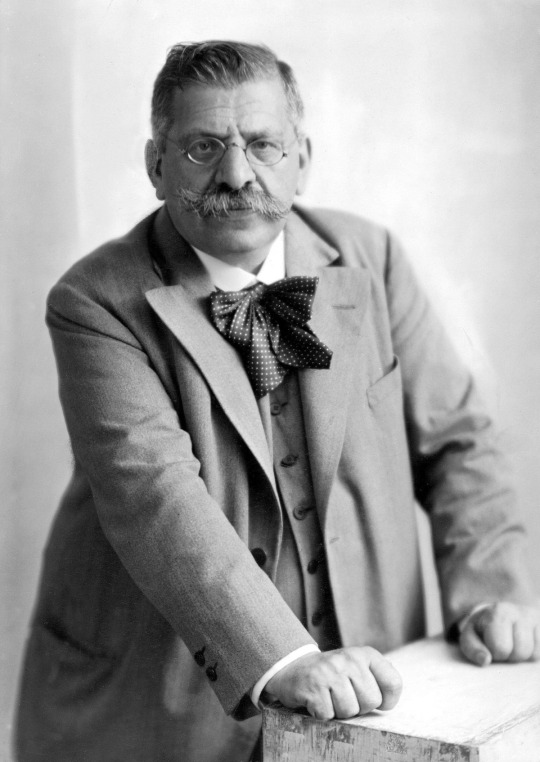
Ins 1896 Hirschfeld was operating as a regular physician, when he received a note from a soldier who was engaged to be married. The soldier was suicidally depressed because he could not get over his attraction to men, and was desperate to be cured of it. Being gay himself, Hirschfeld related tremendously to the soldier, and was spurred begin studying homosexuality in a scientific manner.
He was led to the conclusion that homosexuality was a natural occurrence that happened the world over. More importantly, he argued that homosexuality was not immoral and that homosexuals should be free to live and love as they pleased.
Hirschfeld was also the first scientist to recognize and study what we'd call transgenderism today, and was the person who coined the term "transvestite."
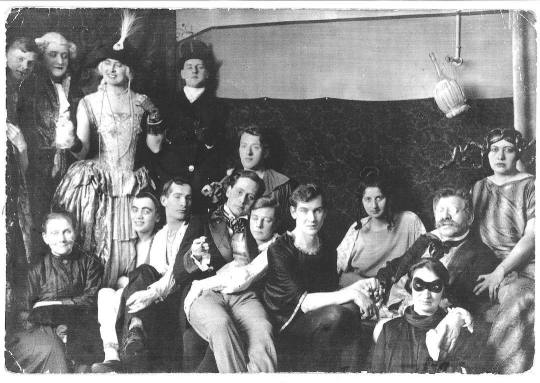
(Dr. Magnus Hirschfeld, 2nd from right)
Das Institut acted as both a medical clinic and a center of education. Members of the public could come and be informed on the mechanics of how sex worked as well as receiving non-judgemental medical care for STIs and other sexual conditions. Women could receive information about safe abortion. It was also one of the first places where trans people could come and receive hormone treatment and information about gender-reassignment surgery.
Then, in 1933, with the appointment of Adolf Hitler as chancellor, everything changed.
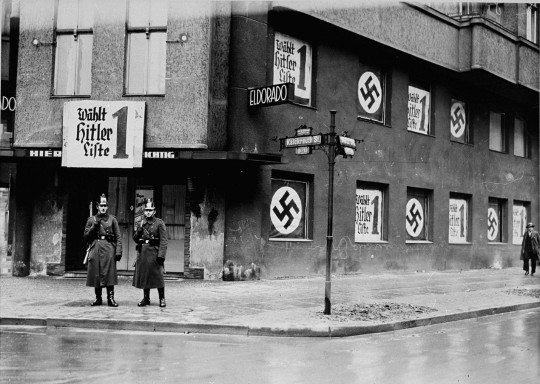
Queer lives were officially deemed not worth living, and public queer places became the chief target of Nazi persecution. The voluminous libraries of Das Institut were raided and then burned, destroying so much early queer history and science that was irreplaceable.

Dr. Hirschfeld managed to escape Germany and died in France in 1935. Queer people who were not lucky enough to leave to the country were arrested and sent to die in concentration camps.
The lessons of Weimar Berlin are painfully pertinent today. Progress can be destroyed faster than it gets made. Rights are not guaranteed and must always be fought for. The past cannot be allowed to happen again.
By which I mean, for the love of all that is holy, if you want to continue to have any rights at all, pleasepleaseplease vote for Joe Biden on November 5th. Don't not vote in protest. Don't vote 3rd party. If Donald Trump is re-elected this WILL happen again. Just imagine your favorite local queer hang-out being shut down with "Make America Great Again" signs in the window, and vote to stop it.
868 notes
·
View notes
Text
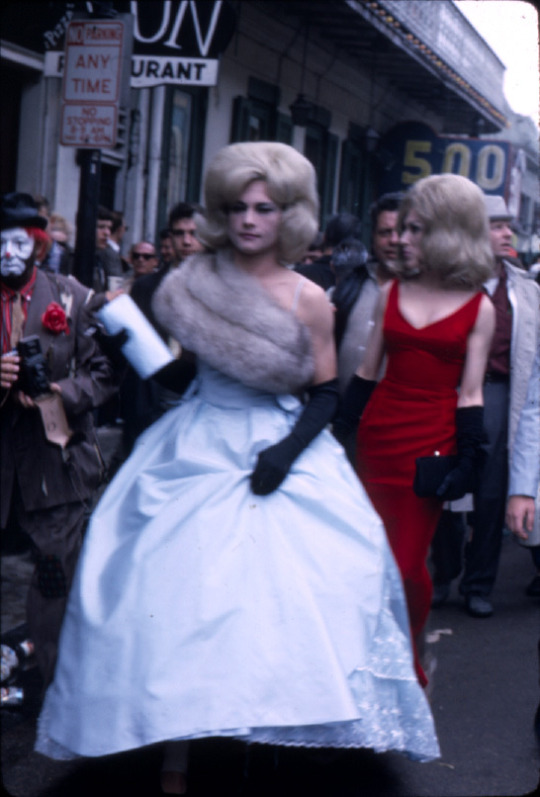
New Orleans Drag Queens during Mardi Gras
1965
#performer#cabaret#new orleans#drag#drag queen#drag artist#Mardi Gras#queer history#lgbtqia#gay history#drag history#Louisiana
287 notes
·
View notes
Text

Source: Curve; The Lesbian Magazine ( January 1997 Vol. 6)
#lesbian history#drag history#drag king#lesbian fashion#lesbian love#lesbian photo#lesbian community#lgbt history#lgbt#image#lesbian#photo#personal
211 notes
·
View notes
Text








male impersonators and drag kings from the transgender digital archives
#transgender#cross dressing#trans history#butch history#drag king#drag history#transgender liberation#transgender history#ftm#transmasc#butch#lesbian
47 notes
·
View notes
Text
YALLLLLLL
Ok so👏 I’m wanting to know more about drag (both as an art form and its history) (totally not because of a certain mailman in a certain horror puppet project) on TikTok, right?
And on a TikTok about drag performances in the 1960s, I FOUND SOMETHING THAT LOOKED ODDLY FAMILIAR :D


Literally I was always so friggin worried that Delle’s dress wouldn’t be accurate to the times, WHEN IT WAS LITERALLY SPOT ON FROM THE GET-GO!!
#such a relief#welcome home#welcome home puppet show#welcome home fanart#eddie dear#drag#drag queen#eddie dear drag#drag history#1960s drag
39 notes
·
View notes
Text



“Lady Java’s Tignons” from The Color Pynk: Black Femme Art for Survival by Omise’eke Natasha Tinsley (2022)
image text under the cut
Viewing the world through rose-tinted glasses shaped like butterfly wings, edged in rhinestones, and fringed with hanging beads, Sir Lady Java identifies herself to interviewer Pasqual Bettio in 2016: “We’re called transsexuals, basically, because I’m in a trance about my sex.” Born in New Orleans in 1940, Java—who transitioned with family support at a young age—was a mainstay of Los Angeles’s nightclub scene in the 1960s and ’70s. Billed as the “World’s Loveliest Female Impersonator,” she “appeared in shows all over the West Coast with such personalities as Nancy Wilson, Redd Foxx, Lena Horne, Louis Jordan, James Brown, Isaac Hayes, Joe Tex, Ray Charles, B.B. King, and Quincy Jones,” according to the brochure “Who Is Java?”
As she rose to prominence, she became a target for police harassment. In 1967, the LAPD raided the Redd Foxx Club to arrest her for violating Rule No. 9, an ordinance that prohibited trans women from appear- ing in public with less than three articles of male clothing. But when Java—performing in a bikini, bow tie, slim men’s wristwatch, and tiny socks—proved unarrestable, police threatened to revoke the club’s license or to imprison Foxx himself.
Java understood this police harassment as racialized: “We didn’t know of any establishment that was white that they [the LAPD] were stopping [from employing impersonators], but they were definitely targeting me, because I was queen of the Black ones and they feel that they had more trouble out of the Black ones.” Java responded by picketing the Redd Foxx Club (which dropped her act) and hiring the ACLU to mount a lawsuit against the LAPD.
Lady Java’s stage career continued brilliantly through the ’70s and ’80s, garnering positive press from Jet, Ebony, Sepia, and L.A. Advocate. Her career highlight, she tells Bettio, was performing for Lena Horne at a 1978 birthday party that Horne hosted for her “sister Cancerian, Gertrude Gibson,” where Horne enthused to Jet about her interaction with Java: “I had the feeling I was talking to a friend I had known for a long while... I feel sort of... protective [of Java]. I don’t know, because that’s my sign—Cancer—always trying to be somebody’s mama!”
To impress Ms. Horne, Java wore a spangled bikini and towering beaded headpiece whose curving contours—like many of the dramatically draped cloth, carefully sculpted tulle, and angel-wing feather wraps she crowned herself with—recall the tulip-shaped tignons (cloth turbans) made famous by her sister Louisiana Creoles. In an attempt to curb their social and sexual power, in 1786 Louisiana governor Esteban Miró decreed all women of African descent must cover their hair with knotted cloth and refrain from “excessive attention to dress.” But as Carolyn Long notes, “Instead of being considered a badge of dishonor, the tignon became a fashion statement. The bright reds, blues, and yellows of the scarves, and the imaginative wrapping techniques employed by their wearers, are said to have enhanced the beauty of women of color.” When Java turned her three articles of “male” clothing into high-femme sexiness, she followed in the footsteps of these foremothers’ fashion warfare.
Transforming the accessories meant to shame Black women into sexlessness into pure sexiness, Java declares, she chose “to wear beautiful outfits so a woman can be proud of me when she sees me. I don’t dress for men; I dress for women.”
By the 1990s Java was “enjoying a quieter life, retiring and, sadly, undergoing some serious health challenges,” according to Transas City. These challenges include a stroke from which, Java tells Bettio, “I lost a portion of my brain.” During her 2016 interviews with Bettio, her memories and historical records part ways: sometimes in small ways, as when she remembers performing for Horne at the Memory Lane supper club rather than the Pied Piper; sometimes in more significant ways, as when she proudly recalls winning her lawsuit against the LAPD.
“I went to court on it, and I won LAPD. I won the right for Java to work, meaning other impersonators could work also,” she recounts—though in fact her case was thrown out on a technicality. It would be easy to indulge the incoherence of her memories as post-stroke cognitive impairment. But it would also be easy to honor that incoherence as its own kind of freedom dream—an alternative history that translates the sinuous, undocumentable ways that change can happen.
After the publicity of her case, she reports, “They [other female impersonators] say: We’re able to go to work, and we’re all going [to] work the next day, and we’re going to put on the three male articles [of clothing], and they did the same thing I did: socks and the wristwatch and the bowtie if they wore bikinis . . . little bowties, some of them were jeweled.” Isn’t a flock of jeweled bow ties bouncing light off foremothers’ jeweled tignons another kind of win—another something to celebrate? How do we count and commemorate ways rewired and differently wired Black femme senses make a true story truer, more plentiful, more splendored?
#Sir Lady Java#queer history#drag history#Black history#fashion history#mad studies#disability studies#drag#tignons#quotes#omise’eke natasha tinsley#transfem femme#the color pynk#mac’s bookshelf#image described#tabula rasa#everything goes back to femme#police violence#transmisogynoir#transmisogyny#misogynoir
27 notes
·
View notes
Text





✨1973/4 Nashville drag queens✨
Photographed by JD Sloan
Found these while looking through the Library of Congress and I’m obsessed! Wanted to share with folks who’d appreciate them too 🤗
#vintage drag#queer history#drag history#70s drag#1970s drag#photography#nashville#tennessee#lgbtq#drag queen#drag show#vintage photography#historical photos#queer community#drag culture#drag performer#1970s#1970s fashion#1970s history#decade: 1970s#70s#70s fashion#70s aesthetic#60s 70s 80s 90s#70s style
16 notes
·
View notes
Text

ℝ𝕆ℂ𝕂𝕐 ℍ𝕆ℝℝ𝕆ℝ ℙ𝕀ℂ𝕋𝕌ℝ𝔼 𝕊ℍ𝕆𝕎
#aesthetic blog#horror blog#gif#horror#aesthetic#horror movies#aesthetic post#musical theatre#rocky horror picture show#rocky horror show#rocky horror frank#rocky horror#dr frank n furter#tim curry#70s horror#70s movies#susan sarandon#aesthetic gif#horror gifs#old horror movies#horror show#queer media#queer#queer film#lgbtq#gay culture#drag queen#drag history#queer community#queer icons
7 notes
·
View notes
Text
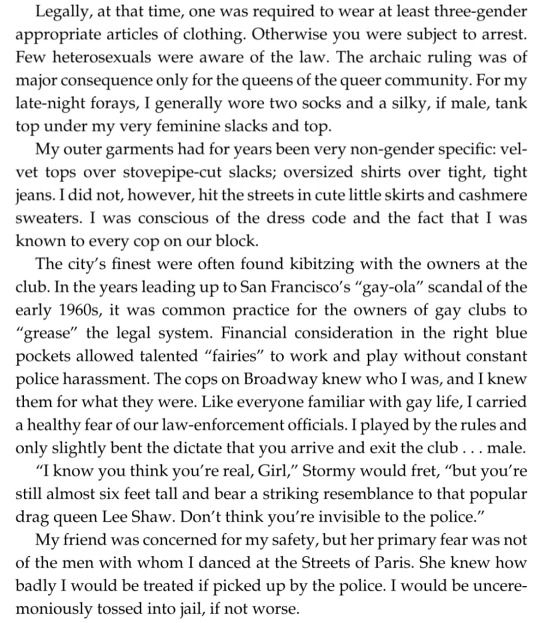
"Legally, at that time, one was required to wear at least three-gender appropriate articles of clothing. Otherwise you were subject to arrest. Few heterosexuals were aware of the law. The archaic ruling was of major consequence only for the queens of the queer community. For my late-night forays, I generally wore two socks and a silky, if male, tank top under my very feminine slacks and top.
My outer garments had for years been very non-gender specific: velvet tops over stovepipe-cut slacks; oversized shirts over tight, tight jeans. I did not, however, hit the streets in cute little skirts and cashmere sweaters. I was conscious of the dress code and the fact that I was known to every cop on our block.
The city's finest were often found kibitzing with the owners at the club. In the years leading up to San Francisco's "gay-ola" scandal of the early 1960s, it was common practice for the owners of gay clubs to "grease" the legal system. Financial consideration in the right blue pockets allowed talented "fairies" to work and play without constant police harassment. The cops on Broadway knew who I was, and I knew them for what they were. Like everyone familiar with gay life, I carried a healthy fear of our law-enforcement officials. I played by the rules and only slightly bent the dictate that you arrive and exit the club... male.
"I know you think you're real, Girl," Stormy would fret, "But you're still almost six feet tall and bear a striking resemblance to that popular drag queen Lee Shaw. Don't think you're invisible to the police."
My friend was concerned for my safety, but her primary fear was not of the men with whom I danced at the Street of Paris. She knew how badly I would be treated if picked up by the police. I would be unceremoniously tossed into jail, if not worse."
“The Woman I Was Not Born To Be” by Aleshia Brevard (2001)
#the woman I was not born to be#Aleshia Brevard#Alesha Brevard#transgender history#queer history#gay history#transfemme history#drag history#lgbt history#lgbtq+ history#trans lit#transfemme literature#transfem history
119 notes
·
View notes
Text

Blair St Clair: Stunning !
#trans#trans community#transgirl#drag queens#transgenderwoman#drag queen#drag#gay meme#drag history#drag race#queer#transgender#lgbtqia#gays#gay selfie#gay#gay as fuck#i am so gay#im gay#im so gay#so gay#gayhot#gayboy#gay yearning#gay woman#bisexual#bigender#bi#pan#pansexual
257 notes
·
View notes
Photo
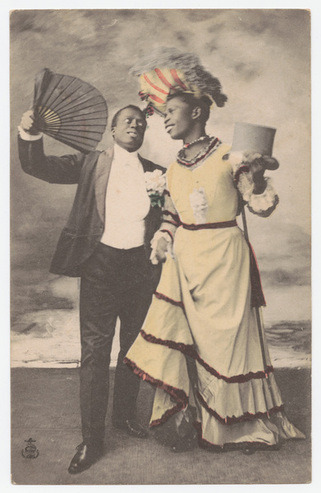
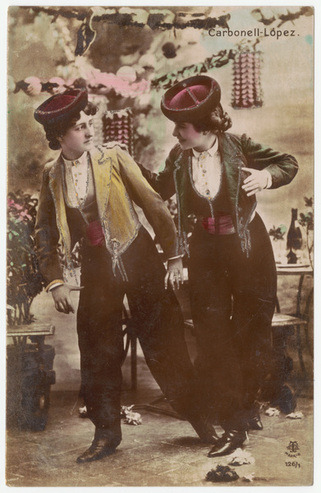

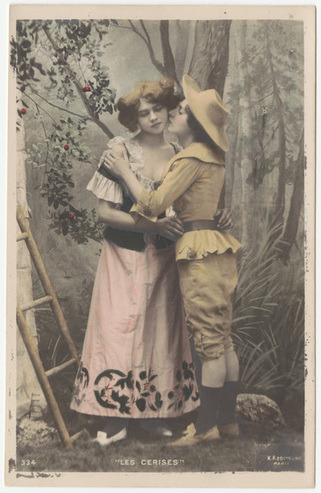

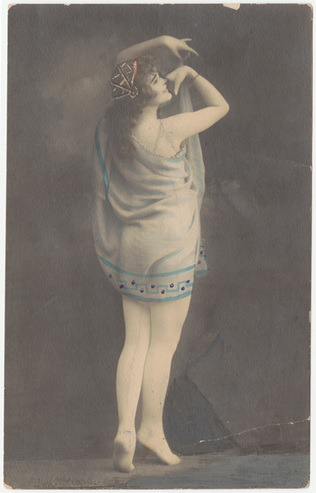



This collection of postcards of female and male impersonators and cross-dressing in Europe and the United States, 1900-1931, 1955 features copies of original postcards held by Cornell’s Human Sexuality Collection, part of Cornell Library’s Division of Rare and Manuscript Collections.
4K notes
·
View notes
Text
Historian Henry Louis Gates, Jr., has called the Harlem Renaissance "As gay as it was Black."
With the convergence of the great migration and the jazz age, Harlem became a new center of cultural life for African-Americans. It brought together Black artists in a way that had never been seen before and saw an abundance of new music, theater literature, and art.

Chief among the new art being created there, of course, was drag.

While drag houses and drag balls had previously been put together by the likes of William Dorsey Swann, they reached a level of unprecedented vibrancy and popularity in Harlem in the 1920s. Famed poet Langston Hughes called them "The strangest and gaudiest of all of Harlem's spectacles."
The most celebrated of these balls was the one organized by the fraternal organization The Society of Odd Fellows at the Hamilton Lodge.
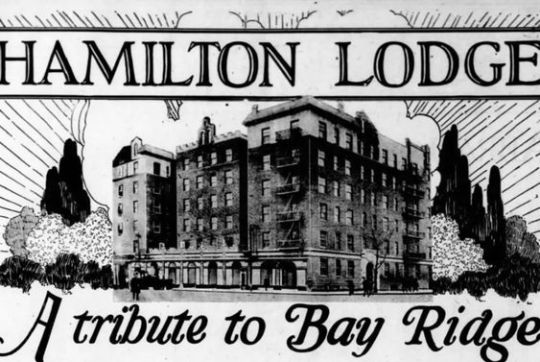
As told by writer George Chauncey in an article for Columbia News, "After I published Gay New York I met a gentleman who grew up in Harlem whose parents would dress up to go to what they called the “faggots’ ball,” and come home and talk about how fine this one looked, and how wonderful it was. He said, "My mother was a very ladylike lady. She was a very prominent woman in Harlem society. This is just something you did.""
737 notes
·
View notes